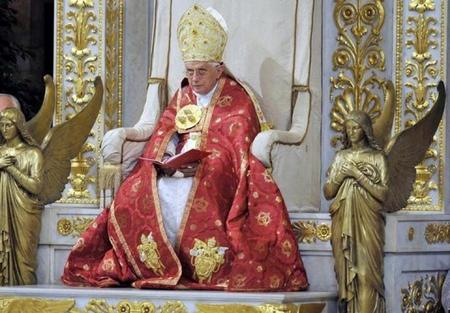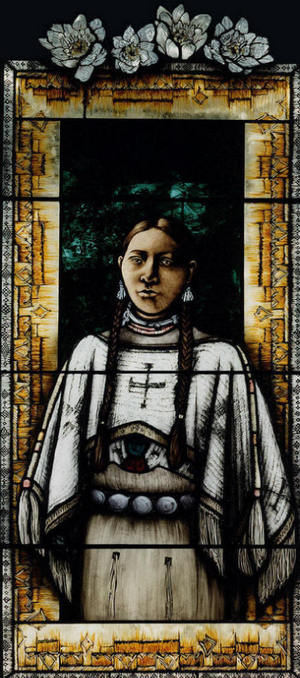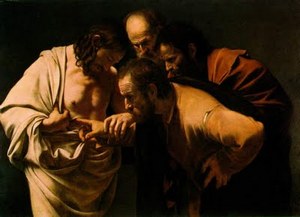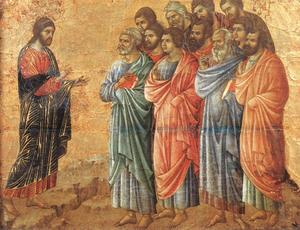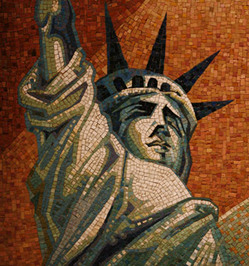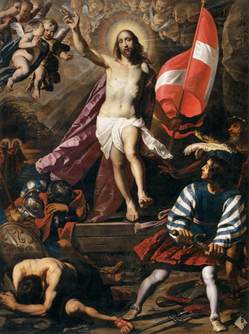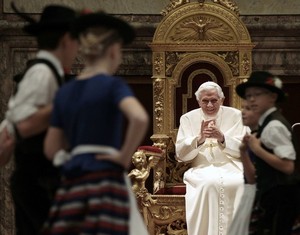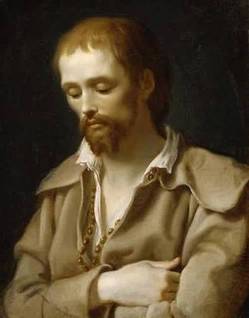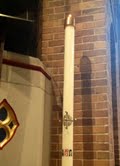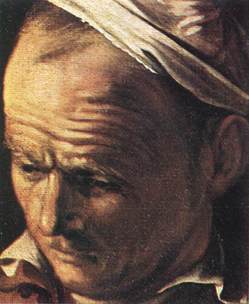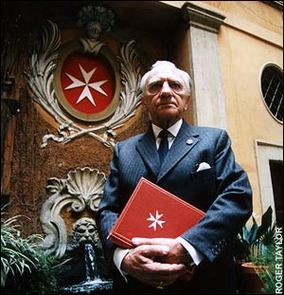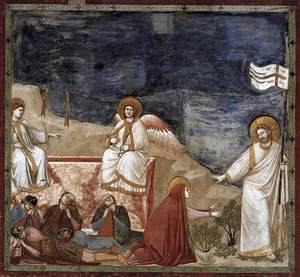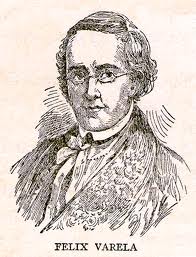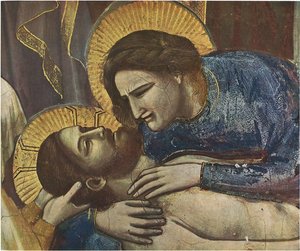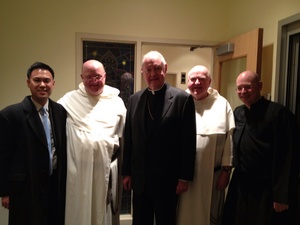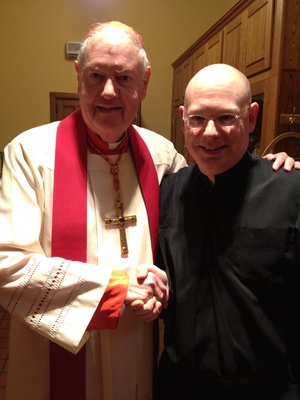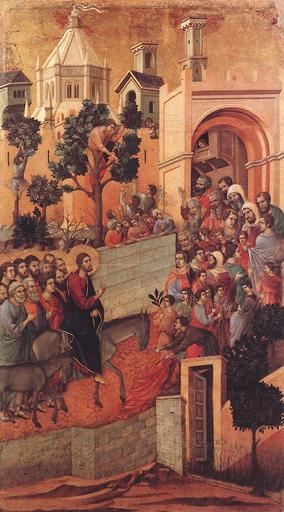
Once more in meditation, prayer and song, we have recalled Jesus's journey along the way of the cross: a journey seemingly hopeless, yet one that changed human life and history, and opened the way to "new heavens and a new earth" (cf. Rev 21:1). Especially today, Good Friday, the Church commemorates with deep spiritual union the death of the Son of God on the cross; in his cross she sees the tree of life, which blossoms in new hope.
The experience of suffering and of the cross touches all mankind; it touches the family too. How often does the journey become wearisome and difficult! Misunderstandings, conflicts, worry for the future of our children, sickness and problems of every kind. These days too, the situation of many families is made worse by the threat of unemployment and other negative effects of the economic crisis. The Way of the Cross which we have spiritually retraced this evening invites all of us, and families in particular, to contemplate Christ crucified in order to have the force to overcome difficulties. The cross of Christ is the supreme sign of God's love for every man and woman, the superabundant response to every person's need for love. At times of trouble, when our families have to face pain and adversity, let us look to Christ's cross. There we can find the courage and strength to press on; there we can repeat with firm hope the words of Saint Paul: "Who will separate us from the love of Christ? Will hardship, or distress, or persecution, or famine, or nakedness, or peril, or sword? ... No, in all these things we are more than conquerors through him who loved us" (Rom 8:35, 37).
In times of trial and tribulation, we are not alone; the family is not alone. Jesus is present with his love, he sustains them by his grace and grants the strength needed to carry on, to make sacrifices and to overcome every obstacle. And it is to this love of Christ that we must turn when human turmoil and difficulties threaten the unity of our lives and our families. The mystery of Christ's suffering, death and resurrection inspires us to go on in hope: times of trouble and testing, when endured with Christ, with faith in him, already contain the light of the resurrection, the new life of a world reborn, the passover of all those who believe in his word.
In that crucified Man who is the Son of God, even death itself takes on new meaning and purpose: it is redeemed and overcome, it becomes a passage to new life. "Unless a grain of wheat falls into the earth and dies, it remains just a single grain; but if it dies, it produces much fruit" (Jn 12:24). Let us entrust ourselves to the Mother of Christ. May Mary, who accompanied her Son along his way of sorrows, who stood beneath the cross at the hour of his death, and who inspired the Church at its birth to live in God's presence, lead our hearts and the hearts of every family through the vast mysterium passionis towards the mysterium paschale, towards that light which breaks forth from Christ's resurrection and reveals the definitive victory of love, joy and life over evil, suffering and death. Amen.
Pope Benedict XVI
Address following the Via Crucis
Good Friday
6 April 2012


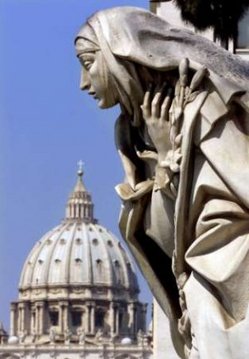
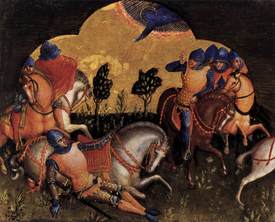
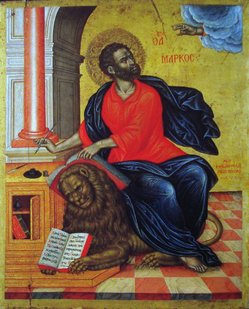
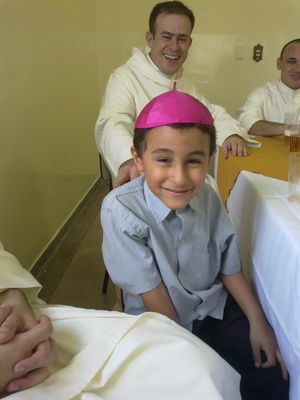

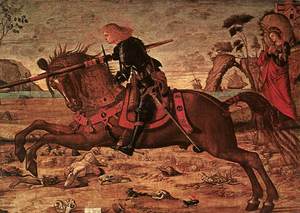
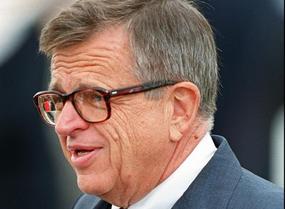
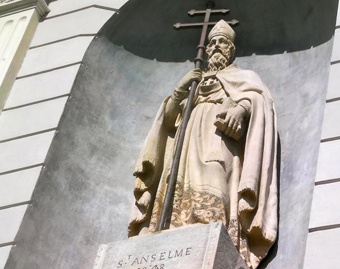
 Disciples Called to Witness: The New Evangelization is the title chosen for the document that "focuses on reaching out to Catholics, practicing or not, who have lost a sense of the faith in an effort to re-energize them", as described in a note by the United States Conference of Catholic Bishops (USCCB).
Disciples Called to Witness: The New Evangelization is the title chosen for the document that "focuses on reaching out to Catholics, practicing or not, who have lost a sense of the faith in an effort to re-energize them", as described in a note by the United States Conference of Catholic Bishops (USCCB). 